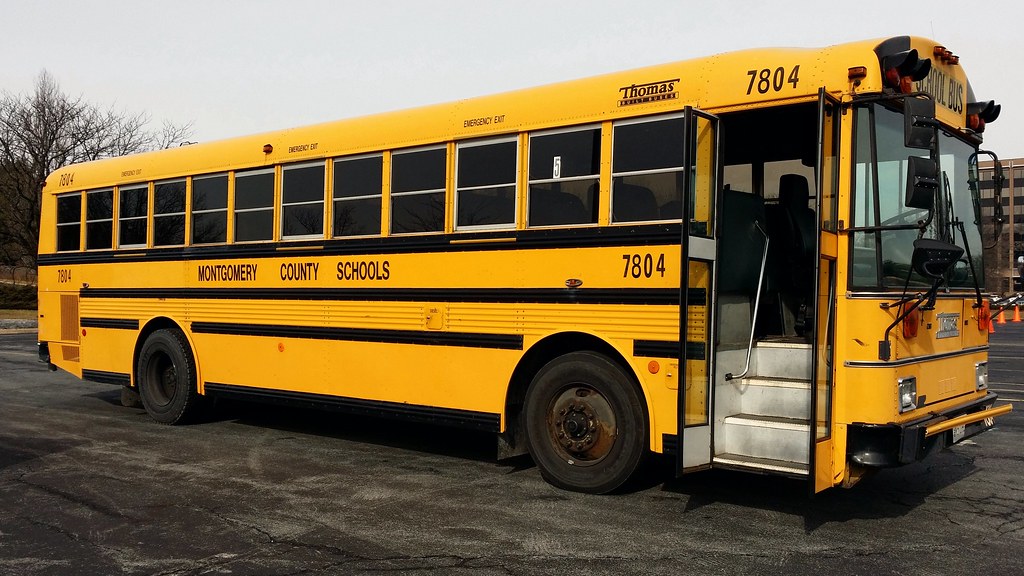In his contribution to an excellent Roosevelt Institute series about what the next Federal Reserve leadership team should prioritize, economist Mike Konczal claimed that current Chair Jerome Powell actually succeeded in saving municipal governments from the worst valleys of the COVID-19 downturn. Only two cities actually enrolled in the Municipal Liquidity Facility (MLF), Powell’s program for helping cities, due to the exorbitant interest rates and poor terms offered. However, Konczal argues, the important part wasn’t anything the program actually did, it was that the program existed at all.
According to Konczal, “a deeper analysis focuses not just on direct lending but the broader effects of the program’s existence on interest rates themselves. […] even though the MLF did very little direct lending, its mere existence calmed the panic in markets and thereby preserved the ability of state and local governments to borrow on reasonable terms.” He cites studies from the Fed’s New York, Kansas City, and Chicago banks which show that the mere announcement of the MLF programs steadied out spikes in municipal bond rates.
However, this is only true for the highest-rated municipal bonds — in other words, bonds to cities with good bond ratings. Cities with poorer ratings, which disproportionately have high Black populations, such as Detroit, Chicago, Birmingham, and Jackson, faced a starker environment on the private markets. Cities like these stood to benefit the most from the Fed’s emergency program. Konczal quotes the New York Fed’s findings that by June, “AAA and AA securities yields have returned to their pre-pandemic levels and are now near all-time lows.” But two sentences later, the Fed notes “the spread between lower-rated (A and BBB) and higher-rated (AAA and AA) municipal securities is still higher than it was in the first two months of the year, suggesting that investors have become more discriminating.” (The Fed study was published in late June 2020.)
Data from S&P shows that the onset of the Covid-19 pandemic widened the gap between yields of higher- and lower-rated municipal bonds, with an especially stark gap for its BBB bond index versus the AAA and AA indices. While the higher-rated bonds recovered by June 2020, the lower-rated ones only returned to pre-pandemic levels in spring 2021, when municipal economies were “re-opening.”
Lower-rated bonds always carry more risk, but the cities underneath those BBB and lower bonds faced stark terms for private investment necessary to maintain public-sector employment. These disproportionately Black cities, in other words, were the ones most in need of a non-profit-seeking investment alternative during the COVID-19 crisis. The Fed’s program to fill that need failed to deliver.
The reason isn’t hard to find: the Fed was offering unusable terms. As economist Nathan Tankus wrote, “The pricing is onerous, especially punishing municipalities and states judged less credit-worthy by private credit rating agencies. They are charging a 5.9% premium above short term interest rates to below investment grade municipalities. […] Cities and States are unquestionably public infrastructure. Conventional private sector criteria such as credit-worthiness should not be how a program administered by a federal agency is managed during a crisis when lives are on the line.”
It’s not as if these problems were unknown last year. The Brookings Institution noted less than a week after the MLF’s creation that under its initial terms, only 10 cities and 15 counties would have qualified for loans, and none of the 35 American cities with the highest Black populations qualified. Even after the Fed expanded its services two months later, Deep South cities with majority-Black residents were left out to dry, as the Fed’s own Bank of San Francisco President Mary Daly said.
In August 2020, Rep. Rashida Tlaib led a letter urging Powell to improve terms for states and cities, calling the MLF “functionally unusable” due to its “unusually harsh penalty rate.” The letter was endorsed by several unions and 50 members of Congress. As Konczal and the New York Fed argue, the program’s mere existence might have stabilized the market for the highest quality municipal bonds, but that means little to the cities which most needed relief.
It’s also bizarre to call a municipal rescue program a success when there was so much municipal job loss. A staggering 987,000 local government employees lost their jobs from February to October 2020. Factor in state government employment, and 1.3 million jobs were lost from the start of the pandemic to last December.
This hits Black communities hardest: 1 in 5 Black workers are employed by a municipal government, and 2/3rds of Black public sector workers are women. The public sector offers Black workers comparatively less wage discrimination than the private sector.
The MLF program’s failures highlight the need for the Fed to more deeply probe the disparate racial impacts of its work. Indeed, it is obligated under the Humphrey-Hawkins Act, which was championed by Coretta Scott King, “to reduce those differences between the rates of unemployment among [socially disadvantaged] labor force groups and the overall rate of unemployment which are caused by any improper factors with the ultimate objective of removing such differentials to the extent possible.” It’s hard to see how the racially disparate impacts of the MLF program under Powell fulfill that obligation.
Note: This blog post has been updated to provide more detailed information about both state and local public-sector job loss throughout the COVID-19 pandemic.
PHOTO CREDIT: “Right side of Thomas Built MVP ER school bus” by SchuminWeb is licensed under CC BY-SA 2.0

